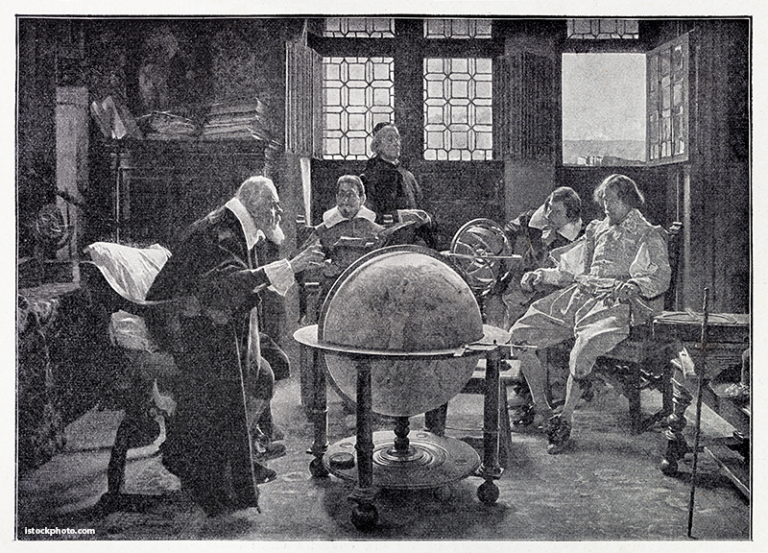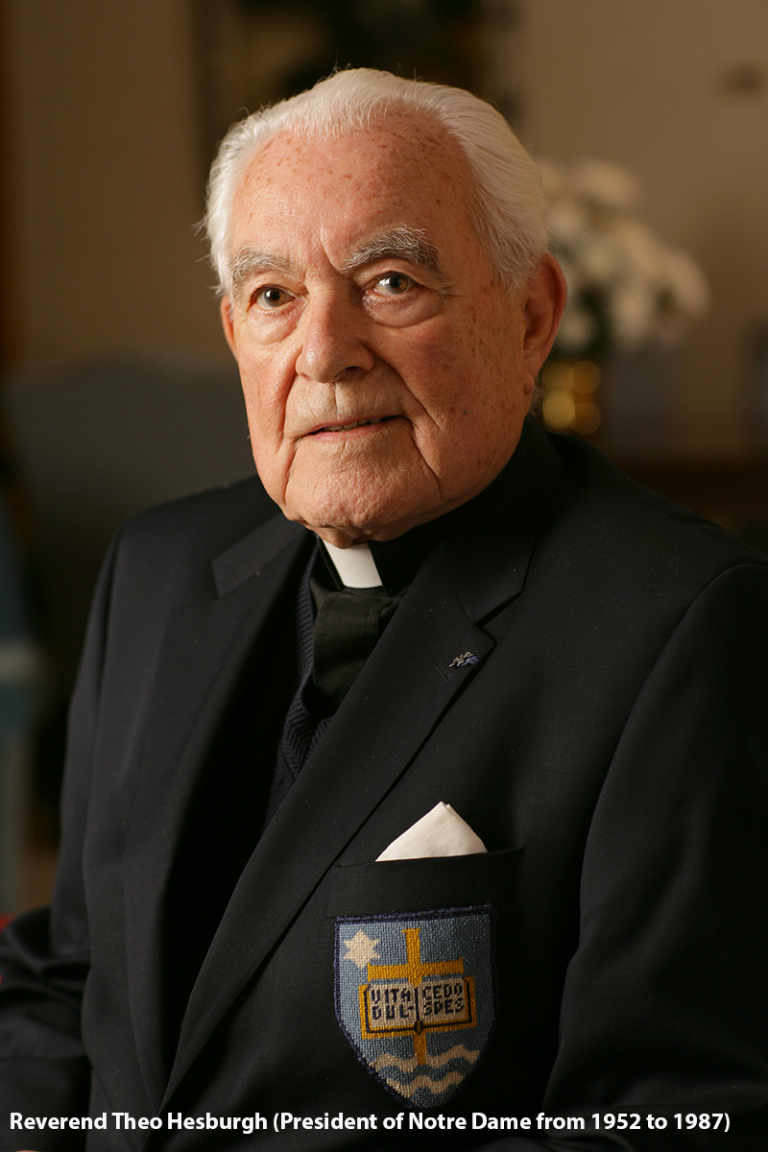Museums bridge the gap between study and reality and, as in universities, the relationship between communities and the meaning of the things they have produced can both be confused and confusing at times. James Clerk Maxwell, the 19th century Scottish physicist and mathematician responsible for classical electromagnetic theory understood the interaction and the similarities.
In a University we are especially bound to recognize not only the unity of science itself, but the communion of the workers in science. We are too apt to suppose that we are congregated here merely to be within reach of certain appliances of study, such as museums and laboratories, libraries and lecturers, so that each of us may study what he prefers. I suppose that when the bees crowd round the flowers it is for the sake of the honey that they do so, never thinking that it is the dust which they are carrying from flower to flower which is to render possible a more splendid array of flowers, and a busier crowd of bees, in the years to come. We cannot, therefore, do better than improve the shining hour in helping forward the cross-fertilization of the sciences.
James Clerk Maxwell
_____________________________________________________________________
I look at a Google Map output, and am struck by the different ways people think about where they are and where they’re going. I can go to my computer and print out instructions to get from my house to any place in the country that include distances and compass readings so that in an instant I place myself on the planet.
But, when you ask a person how to get to the drugstore, they won’t to tell you to “go 2.4 miles NNW and turn 37º toward the South.” You’re more likely to hear something like, “go up to the McDonald’s where the old fire station used to be, and take a left.” They’ll use familiar landmarks and shared history as references to guide you.
It’s not always practical for us to place ourselves in absolute terms. What we need is to understand how to get from where we are to where we want to be. When we progress as a people into new cultural, scientific, and economic domains, we have some of the same concerns we’d have if we were setting off on a road trip to some new destination; where do we want to go, and, how do we find our way, given what we know from our experience?
Museums and universities help us keep track of our cultural landmarks, and use them to find new ways forward. In Museums Matter: In Praise of the Encyclopedic Museum, James Cuno, who makes his living as the CEO of the Getty Trust, argues that museums play a central role in the culture of nations, safeguarding encyclopedic collections of artifacts that we use to understand who we are. They catalog the values and ideas of communities, highlighting similarities and differences, and allow us to orient ourselves in the flow of human history.
When purposefully led, and populated with committed faculty, staff and students, the university safeguards significant ideas in the same way museums safeguard artifacts, allowing us to situate ourselves in terms of our ever-developing culture.
The great museums of the world show what is common to the human condition while highlighting the perspectives that give unique meanings to the different ways we work and live. Universities let us look further ahead and provide road maps to reach our future. We seek out places like these to ponder, to plan, and to persistently wring meaning out of our experiences.
It’s easy to lose sight of this amid the recent rhetoric concerning which people and programs must be beyond the reach of budget cuts, and why this group’s concerns trump that group’s. University jobs are created and people are employed because there’s economically vital work to do condensing and conveying culture to and for the community through students. Without that mission, universities are expensive vocational schools, alarmingly unaffordable and increasingly directionless in contrast to the razor-sharp focus of programs that provide workforce education. Both institutions are valuable but not interchangeable.
Is this ideal too high-minded? Not one doggone bit.
Museums demonstrate a nation’s passion. Walk down the mall in Washington D.C. and you’ll see the embodiment of American ingenuity, the genius of American intellect, and the industriousness of the American worker, roadmaps of the struggles of American success. These can be read from each exhibit in every museum, but are not bottled up, preserved and protected like the answers from Johnny’s Carnac the Magnificent gig, “They’ve been kept in a #2 mayonnaise jar under Funk and Wagnall’s back porch.”
On a university campus, though, the road maps are embossed on the faces of the people who serve and are served. Universities and museums let us understand society’s character, catalog and project it.
Either institution aiming for less is gratuitous squander of scarce resources.







Well said!